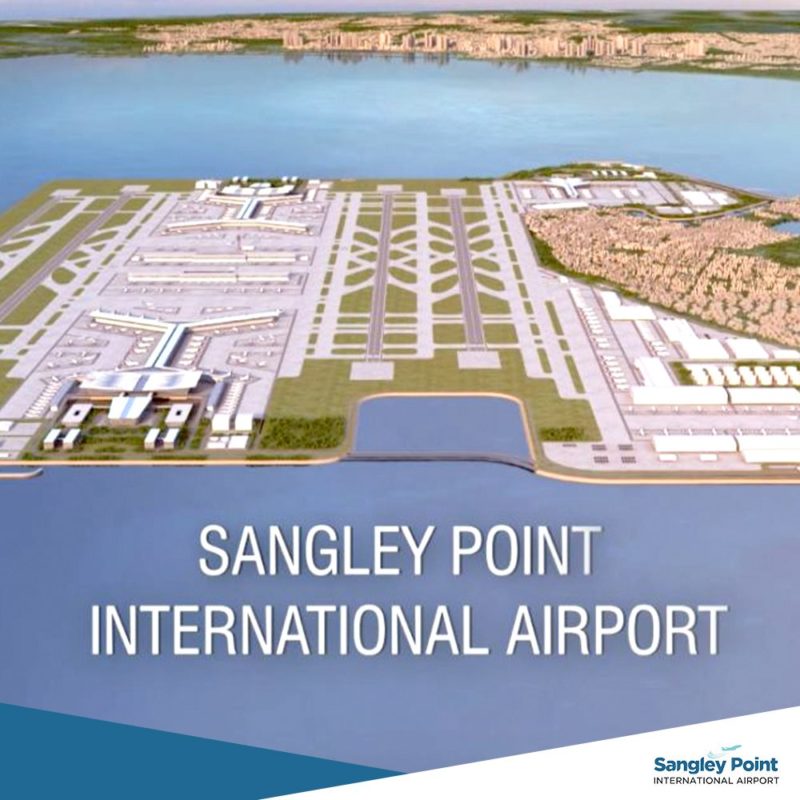-
MacroAsia and China Communications Construction JV has submitted its consortium agreement for the multibillion Sangley Point International Airport (SPIA) Project after several deadline extensions
-
MacroAsia earlier said the pandemic caused delays in completion of JV documents

The joint venture (JV) of MacroAsia Corp. and China Communications Construction Company Ltd. (CCCC) has submitted its consortium agreement for the multi-billion Sangley Point International Airport (SPIA) Project after several deadline extensions due to the coronavirus disease pandemic.
The requirement was submitted on November 24 to the provincial government of Cavite, MacroAsia said in a regulatory disclosure.
The provincial government last September had again extended the deadline given to the consortium to submit the final requirements to comply with all the conditions of the project’s Notice of Selection and Award.
READ: Sangley airport developers gets 90-day filing extension
MacroAsia earlier confirmed that the JV had asked for the extension after failing to submit the required post-qualification documents due September 9. This followed the two-month extension initially granted to it last April and another 90-day extension last June in view of the challenges of the ongoing pandemic.
MacroAsia earlier said the pandemic had delayed the processing and completion of JV documents needed for any signing of legal or financial contracts.
The Cavite government last February awarded to the tandem the P208.5-billion contract to develop and implement Phase 1 of SPIA.
The consortium—the sole bidder to develop a 1,500-hectare international airport at Sangley Point—plans to develop the project and provide the necessary equity investment and credit enhancements. And subject to a further competitive process or price test, it will perform engineering, procurement and construction services for the land and airport development components of the project.
The airport hub, which is being positioned as an alternative to congested Ninoy Aquino International Airport and as the next big thing in air transport innovation in the country, will feature four runways as well as airside and landside facilities. The airport is expected to be on a par with Singapore’s Changi International Airport, Hong Kong International Airport, and South Korea’s Incheon International Airport.
The project’s first phase is slated for completion in 2022 and is expected to accommodate 75 million passengers yearly. The second phase of development will follow, with target completion of 2028. The airport can accommodate up to 130 million passengers annually once fully completed.





